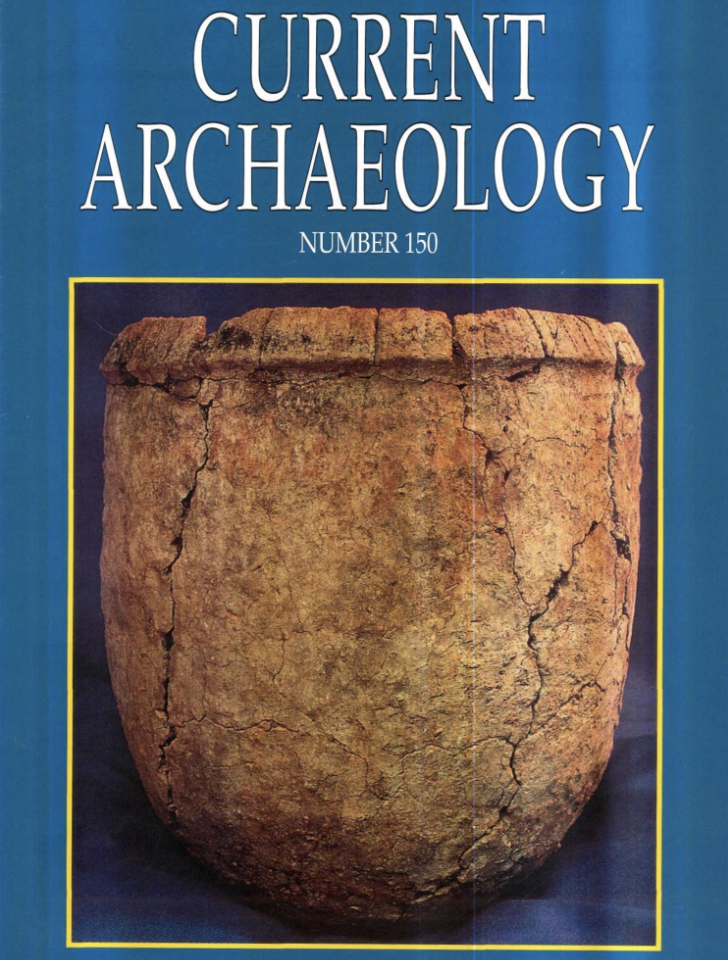The first offering for this 150th issue of Current Archaeology is the discovery of a new royal palace. It is not however an English royal palace but a Welsh royal palace, at Rhosyr, on the Isle of Anglesey. This is a llys (pronounced leess) and in order to explain the meaning of the word llys, there is a long excursus on the arithmetic of the Welsh laws, and we discuss the meaning, not only of llys but also of cantref, maerdref, ffridd and commote – and of the burgeoning Welsh society destroyed by that dreadful English King, Edward I.
The finest monuments in Wales are the superb Castles built by that magnificent English king, Edward I. One of the best of these is Conwy, and here Arnold Taylor, the former Chief Inspector of Ancient Monuments, reflects on the changes that have taken place in his lifetime in the presentation of these monuments.
Was the climate in Roman Britain really warmer than today? On the banks of the River Nene in Northamptonshire, a large number of parallel trenches were discovered, looking for all the world like the parallel trenches of a vineyard such as those found on the banks of the Moselle today. Was this really a vineyard? Ian Meadows presents the evidence, for and against.
At Billown in the Isle of Man, Tim Darvill and Bournemouth University have launched a long term rescue/research excavation on a “ritual” Neolithic site that was at first thought to be a causewayed camp. It is very odd, and the photo on our front cover shows one of the pots that was found buried in the ground. But did it really begin in the Mesolithic, centred around a ritual tree? Read Tim Darvill’s persuasive presentation.
The great debate on Anglo-Saxon architecture continues. Were Anglo-Saxon churches bigger or smaller than their Norman successors? Pershore Abbey was one of the great medieval abbeys, and when underfloor heating was being installed, evidence for the Saxon predecessors came to light.

